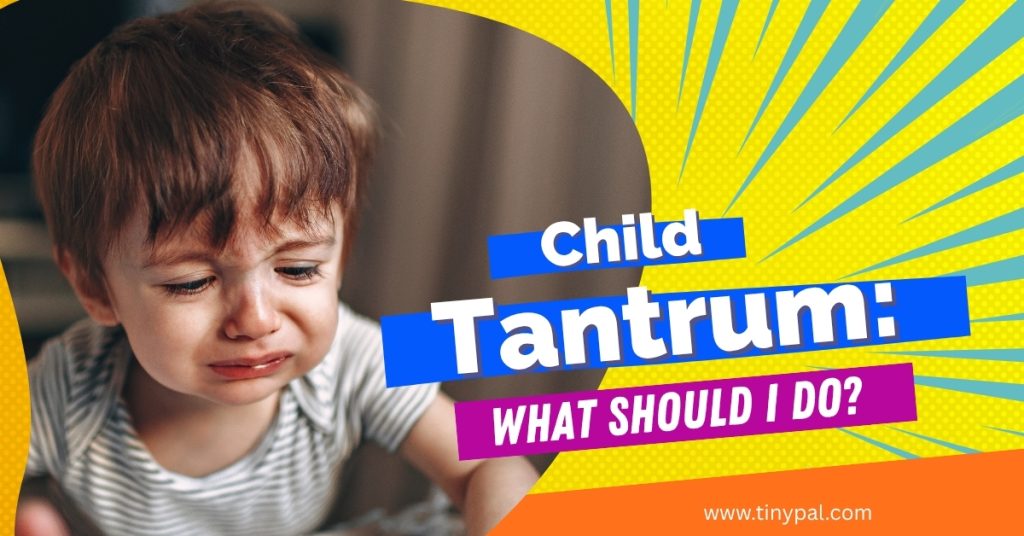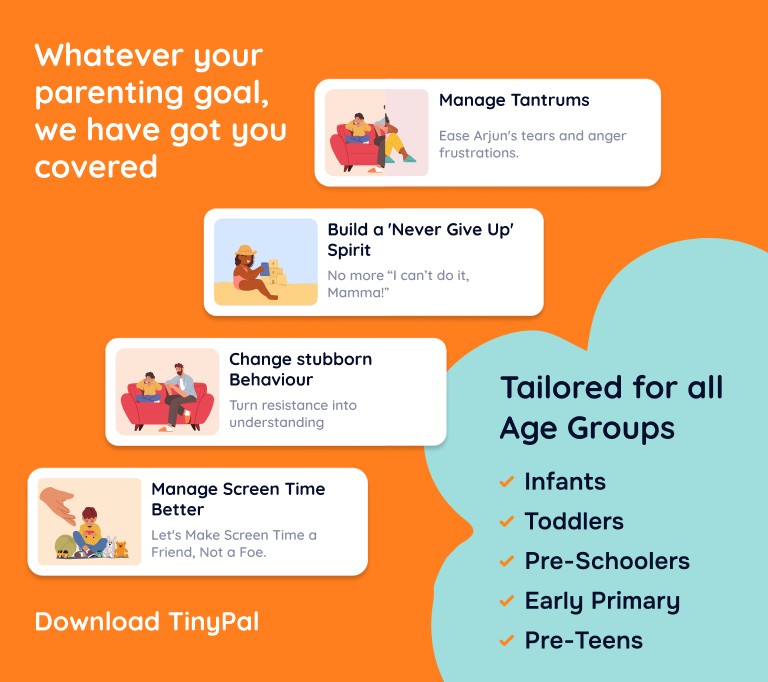Table of Contents
How to Manage Tantrums in Toddlers (Parenting Guide 2025)
Truth Behind Toddlers’ Tantrums (Parenting Guide 2025)
All you said was: “No more cookies.”
Two words — and suddenly your toddler’s face crumples, their scream echoes through the walls, and they throw themselves to the floor as if the world has ended. You’re left staring at a tiny storm of kicking legs and tears, wondering:
“Why do toddlers melt down over the smallest things?”
Here’s the truth: tantrums aren’t proof your child is spoiled or that you’re failing. They’re what happens when big feelings crash overflow in little bodies that don’t yet have the words to explain them.
Research shows tantrums peak between ages 2–3, and most toddlers have them daily. Stressful? Yes. Normal? Absolutely.
And the good news: with the right understanding, you can manage them calmly and even use them to teach your child lifelong emotional skills.

What are tantrums?
A tantrum is an intense burst of emotion — crying, screaming, kicking, hitting, or throwing themselves on the floor — that usually happens because toddlers can’t yet express feelings with words.
Think of it as an emotional storm: messy, overwhelming, but temporary.
Why do toddlers throw tantrums?
Tantrums are not “bad behavior.” They are communication. The most common triggers include:
- Frustration: They want independence but lack the skills.
- Fatigue: A tired brain has a short fuse.
- Hunger: Low blood sugar = low patience.
- Overstimulation: Loud or crowded places overwhelm toddlers.
- Attention-seeking: Even negative attention feels better than none.
Reframe it: a tantrum is not a power play — it’s a child asking for help with feelings too big for their words.
How do I calm a toddler during a tantrum?
You can’t stop a tantrum instantly, but you can shorten its length and intensity. Try:
- Staying calm: Lower your voice instead of raising it.
- Validating feelings: “I know you’re upset because you wanted that toy.”
- Holding your boundary: Don’t give in mid-scream — it teaches the wrong lesson.
- Offering comfort (when ready): A hug works once emotions start to settle.
- Avoiding negotiation: Save rule-setting for when they’re calm.

How can I prevent toddler tantrums?
Prevention is easier than reaction. Build these habits into your daily rhythm:
- Stick to consistent routines for meals and naps.
- Give warnings before transitions (“In 5 minutes, we’ll clean up”).
- Offer two good choices instead of endless “nos.”
- Limit overstimulating outings when your child is tired.
- Teach simple coping tools like deep breaths or a calming song.
When should I worry about tantrums?
Occasional tantrums are normal. But seek professional help if:
- Tantrums are daily, prolonged, or extremely intense
- Your child is aggressive or harmful during tantrums
- Meltdowns interfere with sleep, school, or friendships
The bigger picture
Every tantrum is practice. With your guidance, children will soon learn that:
- Emotions are okay.
- Boundaries still hold.
- Calm always follows chaos.
Handled with patience, today’s tantrums become tomorrow’s emotional strength.
For step-by-step scripts and expert strategies tailored to your child, download the TinyPal Parenting App — your calm voice in the chaos.

FAQs
Q1. What causes tantrums in toddlers?
Frustration, tiredness, hunger, overstimulation, or attention-seeking are the most common causes.
Q2. How do I calm a toddler quickly?
Stay calm, validate feelings, hold your boundary, and offer comfort once emotions settle.
Q3. How can I prevent tantrums?
Use routines, give small choices, and avoid overtired or overstimulating situations.
Q4. Are tantrums a sign of bad parenting?
No — tantrums are a normal stage of development. How you respond matters most.
Q5. When should I seek help for tantrums?
If tantrums are violent, daily, or interfere with daily life, consult a pediatrician or child psychologist.
Most children outgrow tantrums as their language and self-control skills develop. Tantrums are tough, but they’re not forever. With calm, consistency, and compassion, you can guide your toddler through them — and teach emotional skills that will last a lifetime.


2 thoughts on “How to Manage Tantrums in Toddlers”